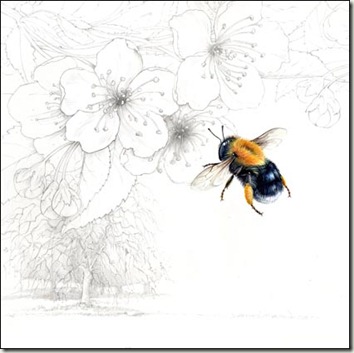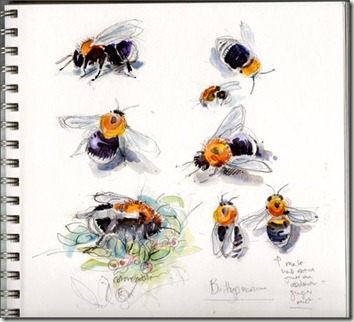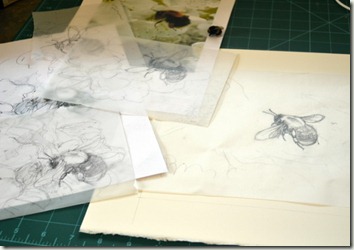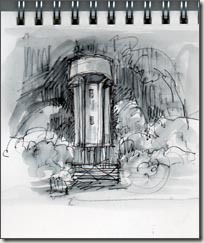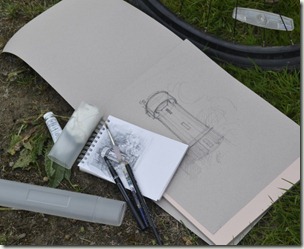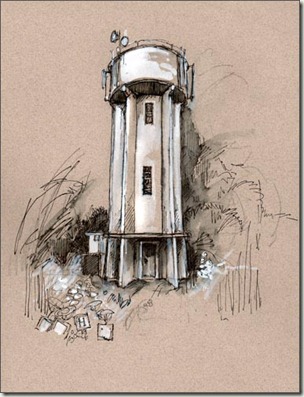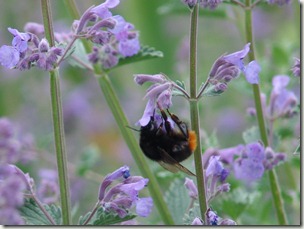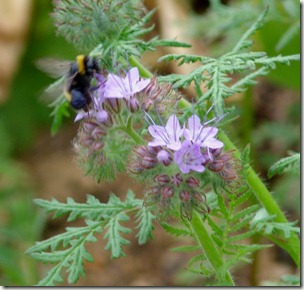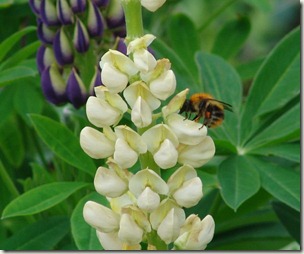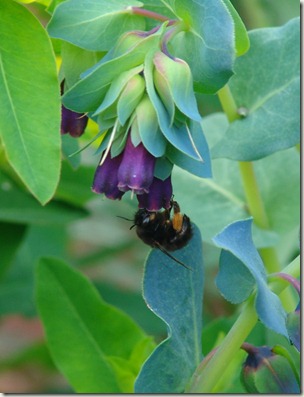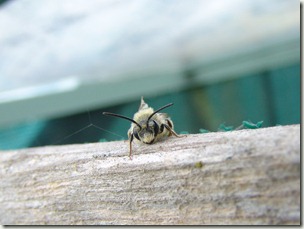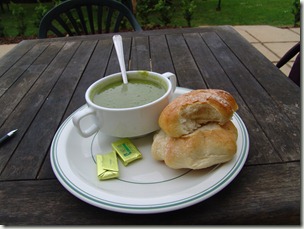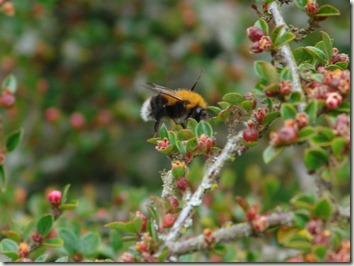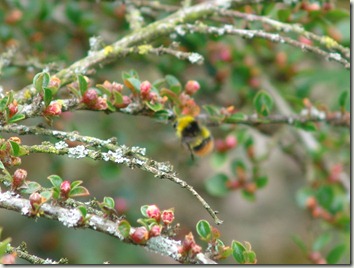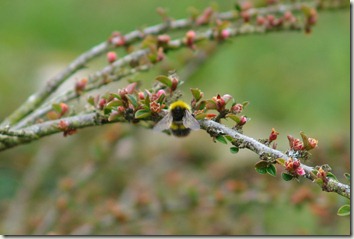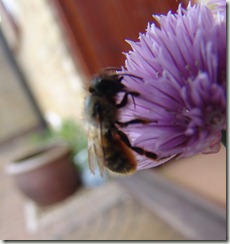
The DIY store B&Q sometimes have some very good plant bargains, (US readers think “Home Depot”) Yesterday in Huntingdon a stand of marked down heathers were basking in the early afternoon sun and were covered with bees!
I counted 12 x B terrestris, 2 x B lucorum, 1 x B pratorum, 3 x honey bees and had my first sighting of a solitary bee this year. (Hopefully ID to come.) Some were busy feeding and some tucked in between the flowers, sleeping. For once I happened to have my camera with me so took a few quick snaps.

2 Buff Tailed Bumble Bees, B terrestris

B pratorum, The Early Bumble Bee

A rather blurry B lucorum, The White Tailed Bumble bee.
Also enjoying the heather were quite a few flies including two hover flies, which, after my one day course I can now hopefully ID. One was Scaeva pyrastri, the little black and white striped one ( no photo sadly) and this one,

which I guess is an Eristalis, a Drone Fly.
Heather is brilliant for bees and there were reports on BWARS, of bees on the heather in Windsor Great Park all through the winter. See Winter Bumble Bees thread on the Forum.
On a neighboring stand, high up, were some small narcissi being visited by both B terrestris and this gorgeous B Hypnorum.

B hypnorum, Tree Bumble Bee.
I had not really thought of daffs as a particularly good bee plant but I guess these early bees will just find nectar and pollen where they can. They were also visiting primroses, and big flowered pansies.
It is quite a small plant department at Huntingdon but does demonstrate the advantage of having lots of flowering plants all together, making it a worth while stop off for the bees. My three crocuses are not quite doing the job!
Bees in your Bonnet
The bees were delightful to watch and I stayed for about 20 minutes, the staff mercifully just ignored me and although I am not too fond of heathers I did buy a box, (how could I not!) to help fill the Empty Garden along with a great bargain sedum, pretty little “Rose Carpet” which will, I hope, thrive in a sunny spot and be enjoyed by many insects.
I had to gently shake the heathers so as not to inadvertently take home a sleeping bee and I also had to shake my hair because, as well as the heathers, the large drowsy bees are also partial to my hair, which is, to put it mildly rather fluffy and unruly.
Although I seem unable to fight off the inevitable slide into 3rd age eccentricity, I am just not ready to arrive at a shop counter, albeit to buy plants, with bees in my hair .. no, really, not yet.
Perhaps I should take it as a compliment that these lovely creatures find me a reassuring resting point.
I remember years ago waking up one spring morning having slept with the window open, to find a large bumble bee next to me on the pillow. It was snuggled up in my hair, buzzing softly and was rather grumpy when asked to move.
Bees in your hair. It is the stuff of limericks.. where is Edward Lear when you need him?

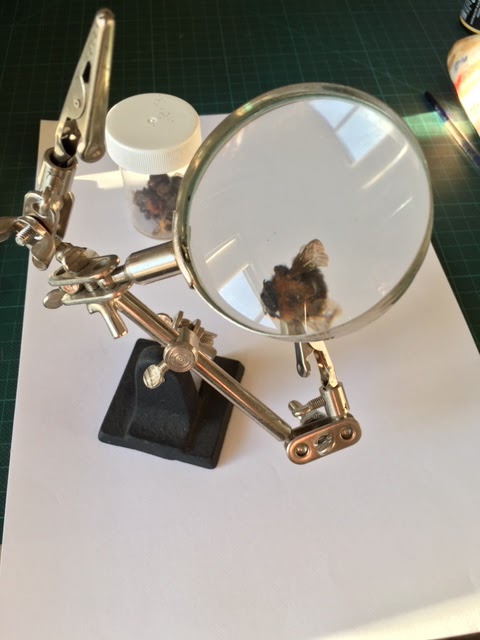

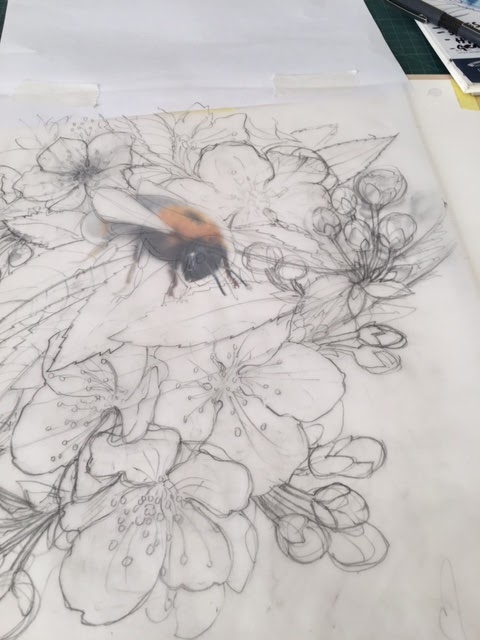
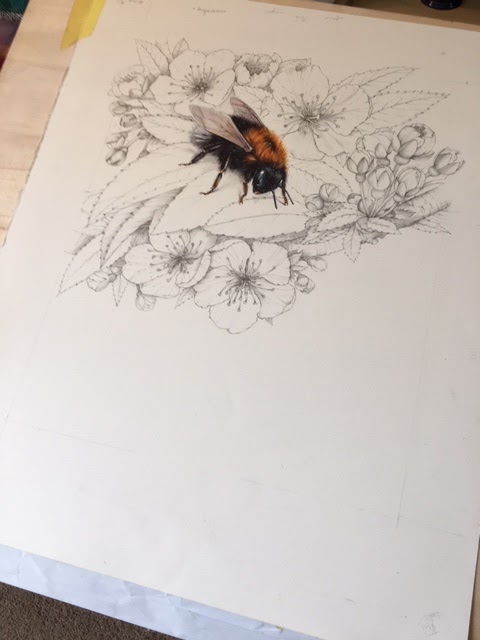

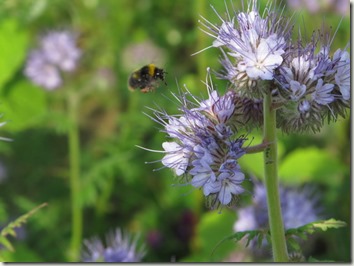
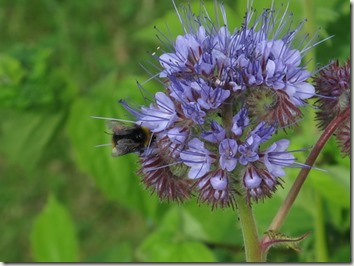

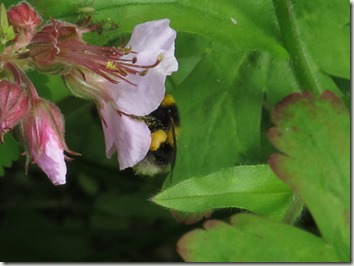


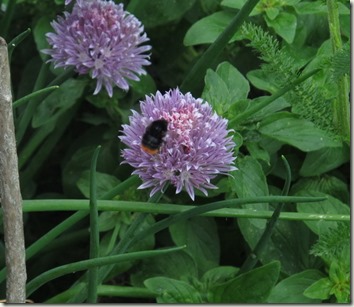
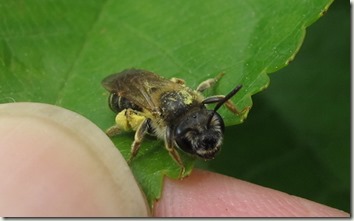
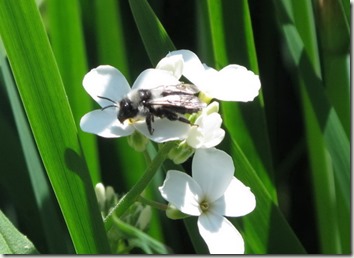
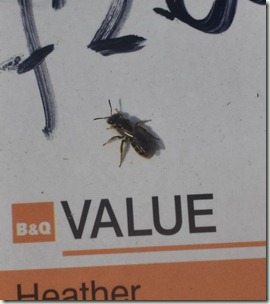
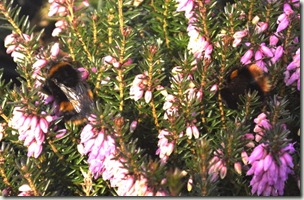
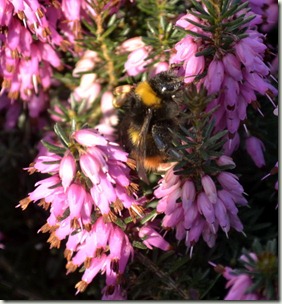
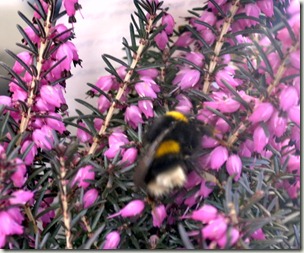
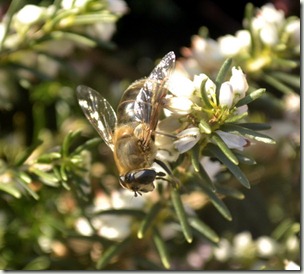
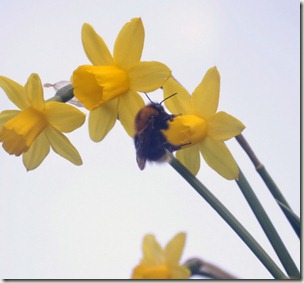
 I was also delighted to meet James Hammil from the fabulous
I was also delighted to meet James Hammil from the fabulous 
